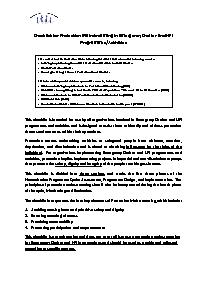Highlights
The scale, severity and complexity of needs for emergency and transitional shelter remains high, particularly among new and protracted IDPs who require core, supplementary and seasonal assistance, as well as longer-term support to rebuild their resilience. In 2020, 3.68 million people will either have shelter, NFI needs or require support to cope with the harsh winter season across 34 provinces in Afghanistan. Across the country, 72 per cent of displaced households reported shelter needs as their second top priority need after food for survival with the highest shelter needs being reported from the North East and Western region by 80 per cent of the displaced population, followed by the Northern region at 72 per cent and the Central region at 71 per cent.
Around two-thirds of displaced households (65 per cent) reside either in collective centres, open space, makeshift shelter, tents, and poor transitional shelter that do not protect them from the elements. Often having fled with nothing more than personal possessions, hundreds of thousands of conflict IDPs require basic shelter to maintain their well-being/survival. Many of those who have been displaced also remain in a state of displacement for prolonged periods, with no plans to return to places of origin (nearly 90 per cent of IDPs). IOM’s DTM data shows that 4.1 million IDPs who have been displaced since 2012 remain in urban and rural settlements residing in sub-standard shelters characterized by a lack of adequate privacy and dignity; poor protection from harsh weather (particularly during winter); inadequate access to safe water and sanitation facilities; lack of connection to basic infrastructure and services; poor/non-existent security of tenure and a lack of adequate settlement planning.
With 70 per cent of Afghanistan being mountainous, many people living in high altitude areas remain susceptible to harsher weather conditions. Insufficient access to blankets and heating materials for the winter season is also a significant driver of need, with 64 per cent of households reportedly owning less than one blanket per household member – due to reduced ability to cope derived by interrupted livelihoods. These concerns disproportionately affect persons with specific needs, women girls, children and the elderly.
In 2020, The Emergency Shelter and Non- Food Items (ES-NFI) cluster aims to support 1.05 million vulnerable people affected by conflict and natural disaster with shelter, NFI and winterization assistance. The cluster prioritizes the provision of timely, targeted and appropriate emergency lifesaving assistance through the distribution and installation of emergency shelter kits and /or materials to displaced people, the rehabilitation, repair or upgrade of existing shelters that are in poor conditions. Standard NFI Kit will continue to be distributed where needed. Seasonal items (such as warm clothing, heating materials and thermal blankets in winter), will also be distributed to sustain lives and reduce the impact of winter. The Cluster will continue to assist the most vulnerable families with one-off winterization assistance to minimize the cost of heating and deter people from engaging in harmful coping mechanisms. Priority target populations include: IDPs, returnees and vulnerable host communities. In 2020, the cluster requests US$ 85.5 million and aims to reach 1,050,000 vulnerable people with shelter, NFI and winterization support.


